A Better Way to Grow Beans and Legumes
Did you know there’s a better way to grow healthier, more productive bean and other legume plants, that is not widely discussed? In fact, most gardeners are unaware of this simple, beneficial process – Inoculation! Bean inoculation has to do with nitrogen fixation on the roots. Most of us use mycorrhiza and understand that it has a relationship with plants that benefits the plant root system.
Bean inoculation works in much the same way. In order for beans to fix nitrogen, they need a relationship with a specific rhizobium. (Bacterium and rhizobium are used interchangeably.)
How It Works
When the correct rhizobium is found, the root hairs will encircle this rhizobium and make a “little house” for it, a nodule. The rhizobium is fed plant sugars or carbohydrates and in return, the rhizobium will turn atmospheric nitrogen into ammonia.
If a bean plant is pulled and no nodules are present, then no nitrogen fixation has taken place. If the nodules are pale grey or white, it has not started fixing nitrogen yet. If it is pink, it has started the fixation process and if it is green, the plant is no longer needing that nitrogen to synthesize protein. At this point, if those roots are left in the ground it will release the unused nitrogen back into the soil.
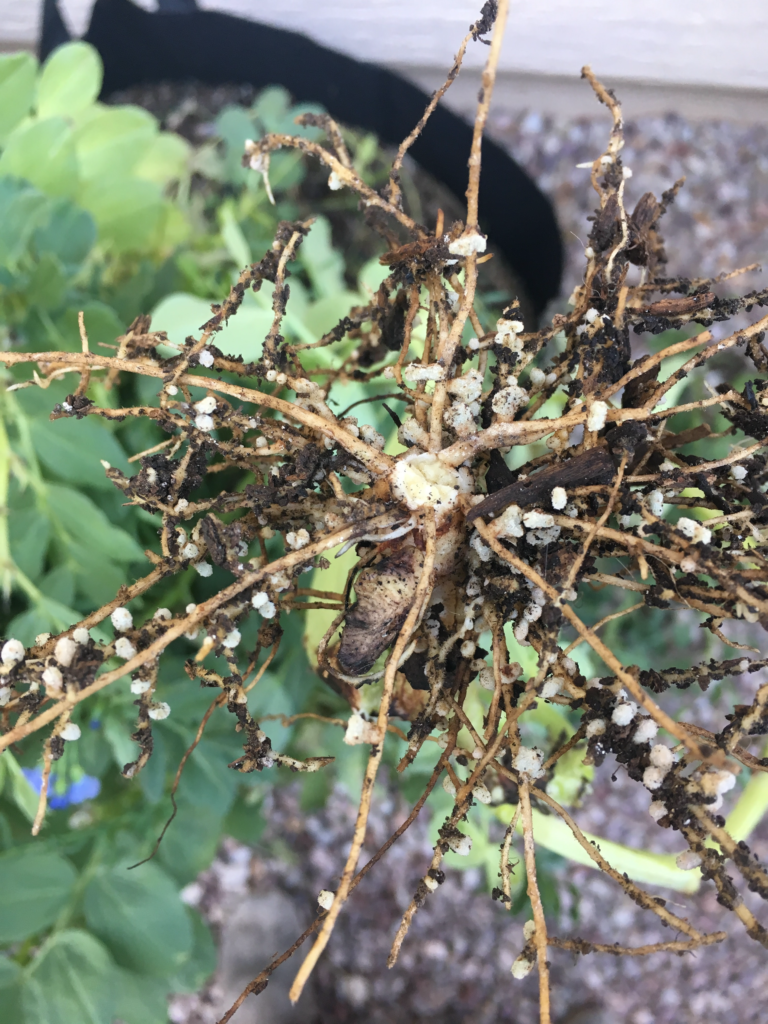
There is a misconception that planting any kind of bean with corn will result in the beans providing nitrogen to the corn. It is only when the bean plant itself is no longer using that nitrogen, but only a small residual amount is left. To provide maximum nitrogen benefit to the soil, then remaining parts of the bean plant (leaves and stems), need to be turned into the soil after the plant is done producing beans.
Simply planting your corn with beans is really not helping your corn, it is the process of working that biomass from this year’s bean crop into the soil that benefits next year’s corn crop!
Why You Should Use Inoculant
Because the rhizobium needed by a particular species of beans may not be present in the soil. Fava beans, for example, require a different rhizobium than cowpeas. So when shopping for bean inoculant, pay attention to what a particular inoculant is for. Most will be a mix of several rhizobia and can be used on a large variety of legumes.
From my own experience, beans that I have inoculated produce plants that are larger, healthier and more productive.
If bean plants appear slightly yellow or pale, they are not fixing nitrogen and therefore some nitrogen needs to be added. The reason they are lacking in nitrogen is that the correct bacterium needed is not present in the soil.
In addition, common bush and pole beans are poor nitrogen fixers. Cowpeas, favas, and peanuts are better nitrogen fixers. Perennial legumes such as pigeon peas, vetches, and clover are also good at fixing nitrogen.

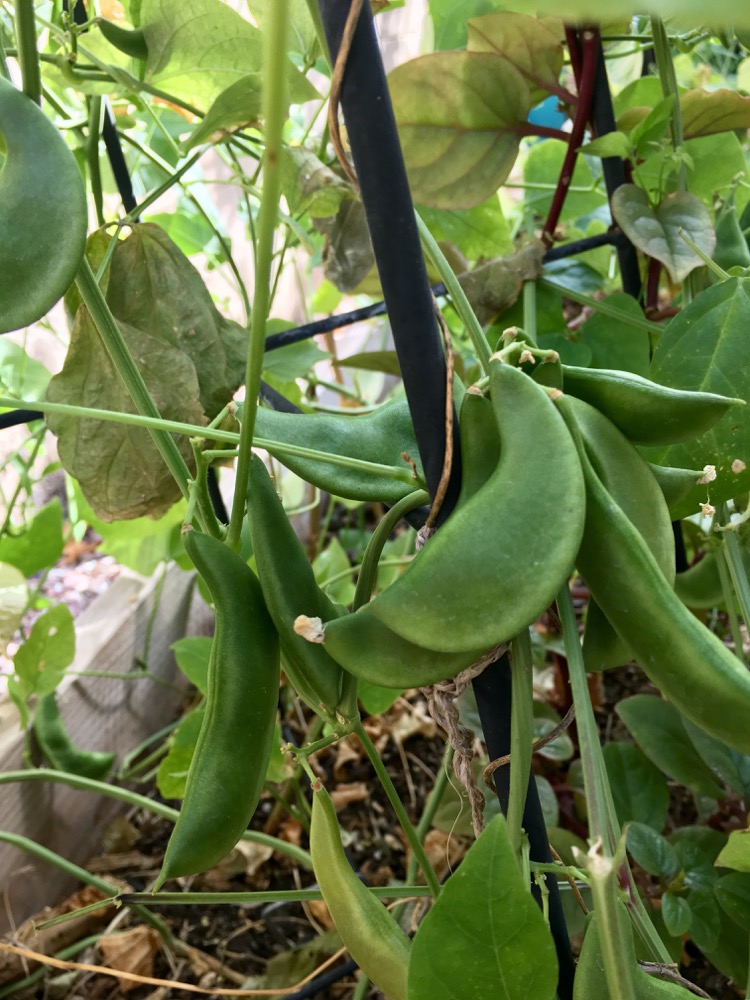
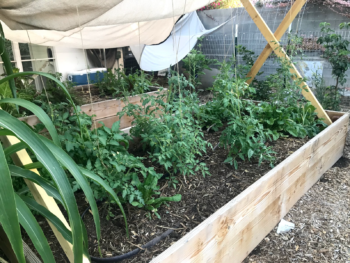
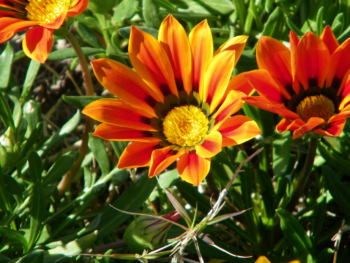
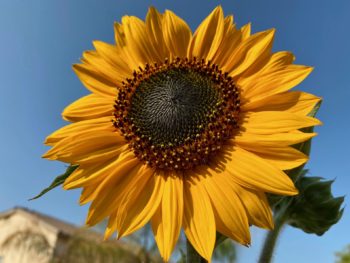
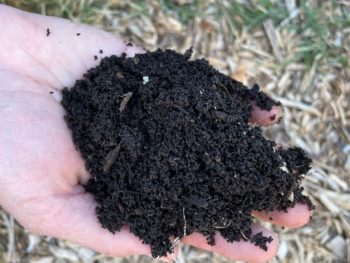
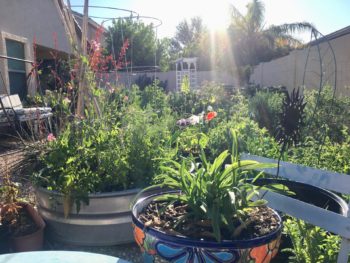

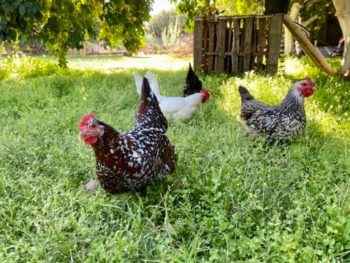
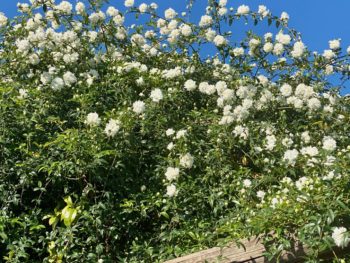
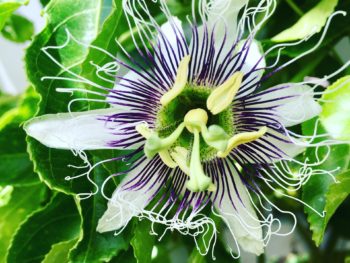
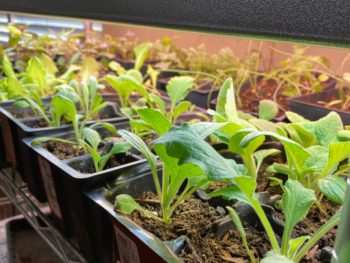
 How to Grow Onions In The Desert
How to Grow Onions In The Desert